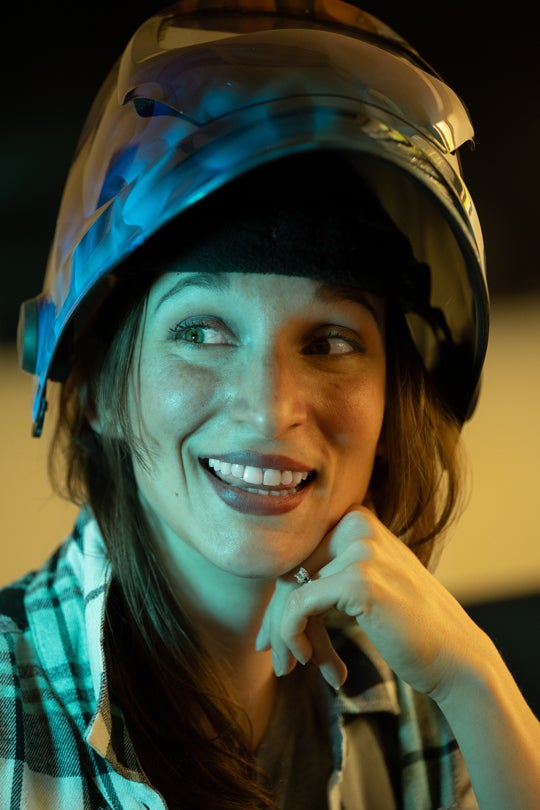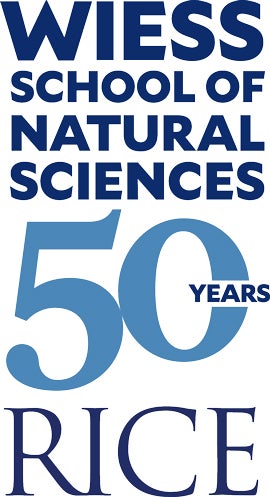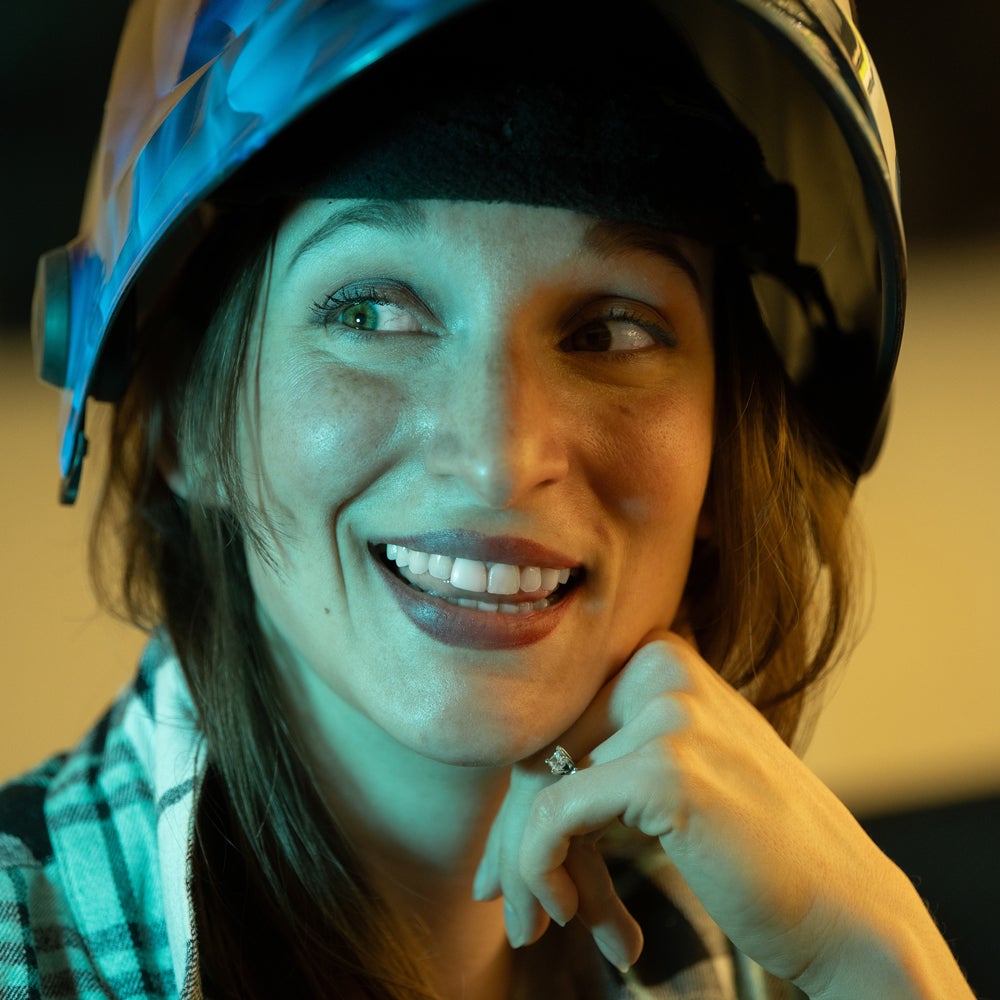
For one graduate student in Rice University’s physics and astronomy department, the path to fundamental particle research didn’t begin in a classroom — it started in an art studio. “I never wanted to do a Ph.D., frankly,” Taylor Carnahan said, laughing. “It all started from being chronically curious. Honestly, it’s a disease.”
Carnahan originally earned her bachelor’s degree in fine arts, specializing in life-sized drawing — a discipline that requires patience, technical precision and a deep appreciation for form and function. “I love drawing people because I feel like you get the most from them — the articulation of the hands and the eyes — that’s where expression lives,” she said. “And it’s the most complicated. I’m a challenge seeker for sure.” That mindset is what led her from the art studio to an unexpected opportunity.
While attending an art gallery, Carnahan struck up a conversation with a group of engineers who invited her to their research and development facility for an interview. “I had always built stuff with my hands with my dad when I was younger,” she explained. When she stepped into their workshop, filled with metal and wood dust, something clicked. “It just felt like home.”
The team brought her on as a product development technician to reverse-engineer ideas and make them work in real life, bridging the gap between abstract vision and tangible function. It wasn’t long before Carnahan immersed herself in workshop culture and began thriving. She trained on industrial-scale laser systems and welding equipment to become a laser technician, learning how they worked from the inside out.

“I climbed into these huge machines — sometimes the size of two rooms — took them apart, fixed them, put them back together, and then made them do things they weren’t supposed to do,” she said.
Carnahan soon transitioned into TIG welding — a technique that uses a torch and filler metal, with a foot pedal to control the current. “It’s very much like art, like a paintbrush.” As her skills grew, Carnahan eventually became the first woman at her facility to specialize in plasma arc welding. “I started reading about laser mechanics and began asking a lot of questions,” she said, “Eventually, those questions got bigger — until they became the kind that only physics could answer.”
Today, she works with the CMS collaboration at CERN, analyzing data from high-energy collisions to understand one of the universe’s biggest mysteries: the imbalance of matter and antimatter. Specifically, her work measures how particles interact with the Higgs field, a fundamental part of the Standard Model, which is responsible for giving elementary particles their mass. Through collider data, she and her colleagues refine theoretical models and explore new ways of viewing symmetry breaking at the dawn of the universe.

A typical day for her might include Zoom calls with researchers across the globe, coding sessions to sift through experimental data, or long, quiet stretches of thought. “Sometimes it looks like nobody's home,” she joked, “but really, there’s a lot going on up here.”
Carnahan thrives on exploring niche fields — from quantum tunneling in disease pathology to sound wave dynamics in early-universe cosmology. “I like the weird stuff,” she said. “That’s where the breakthroughs live.” Her path through science is grounded in faith and shaped by mentors who believed in her. Now a new mom, she hopes to offer that same support to others and push for more holistic support in academia. “There’s this idea that you can’t be a physicist and a mom,” she said. “That needs to go.”
She hopes her story shows that nobody is bound by their beginnings. “I am the uncookie-cutterist person, I think, in physics,” she said. “I hope people know you are not defined by your degree. You’re not even defined by your current job. It’s never too late to ask a new ‘what if?’ question, and catch the chronic disease of curiosity.”
— Niamh Ordner ’26

